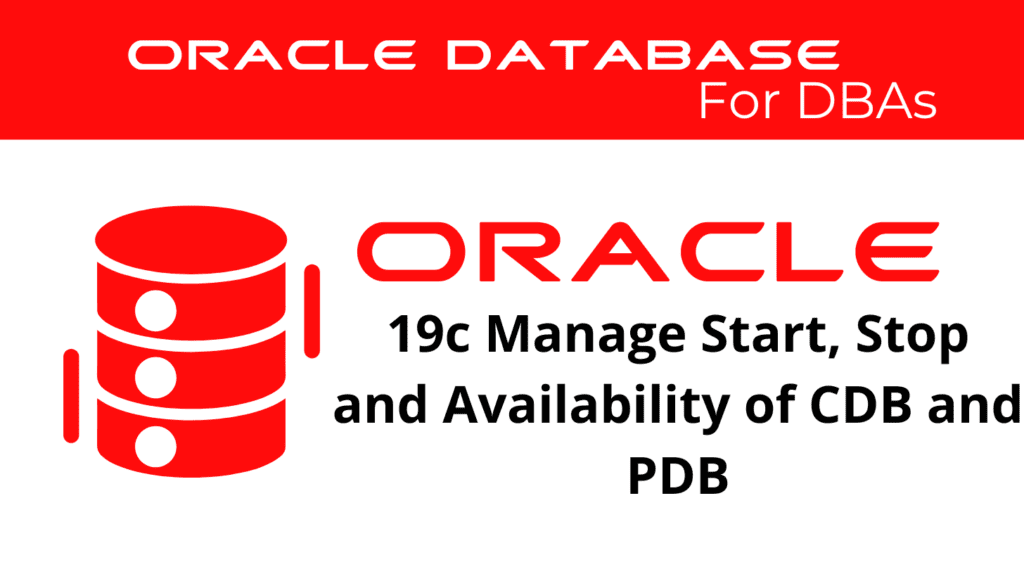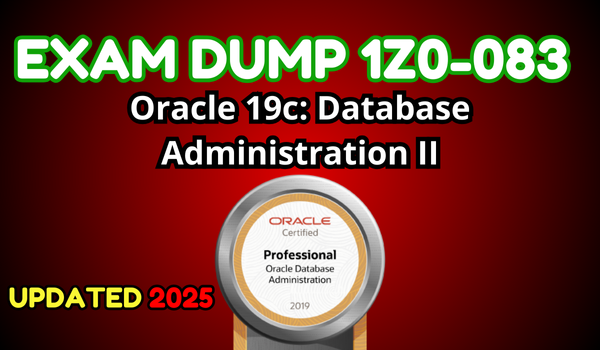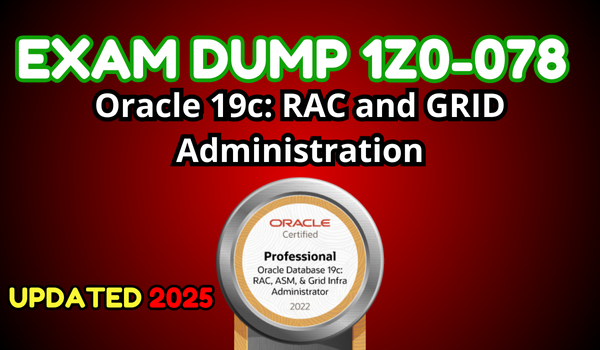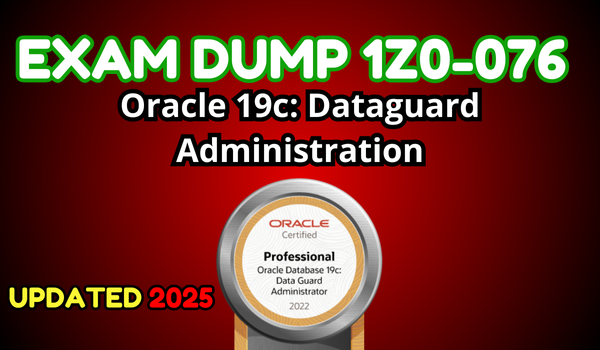
Managing the startup, shutdown, and availability of Container Databases (CDBs) and Pluggable Databases (PDBs) in Oracle 19c is essential for database administrators. This guide aims to provide a comprehensive overview of these processes, ensuring smooth database operations with CDB and PDB management.
Managing CDBs and PDBs Availability
Container Database (CDB) management in Oracle 19c involves overseeing the availability of the entire database environment, including its pluggable databases (PDBs). Ensuring the availability of CDBs and PDBs is crucial for maintaining the performance and reliability of your database system. Administrators must monitor the status of both CDBs and PDBs regularly to avoid unexpected downtimes and ensure optimal performance.
To effectively manage the availability of CDBs, it is important to understand the architecture of Oracle’s multitenant database environment. CDBs house multiple PDBs, each with its data and applications. By managing the availability of the CDB, administrators can indirectly control the availability of all associated PDBs.
CDB management – Startup and Shutdown Procedures for CDBs and PDBs
Starting up and shutting down CDBs and PDBs in Oracle 19c requires a series of precise steps to ensure data integrity and availability. The startup process involves initializing the CDB first, followed by each PDB within it. Conversely, the shutdown process requires closing each PDB before shutting down the CDB itself.
Startup DB:
startup database;Shutdown DB:
shutdown immediate;
📢 You might also like: Oracle 19c: Change the Different Modes and Settings of PDBs (Category: Oracle Database Admin)
CDB Management
CDB management, or CDB administration, includes tasks such as creating, configuring, and maintaining the CDB itself. Administrators must ensure that the CDB is configured to meet the organization’s requirements, including security, performance, and availability standards. Regular maintenance tasks, such as backup and recovery operations, are also part of effective CDB management.
Effective CDB management ensures that the underlying infrastructure supporting all PDBs remains robust and reliable. Administrators should regularly update and patch the CDB to protect against vulnerabilities and enhance performance.
PDB Management
PDB management, or PDB administration, focuses on the individual pluggable databases within a CDB. Each PDB can be managed independently, allowing for granular control over specific databases and their applications. This includes tasks such as creating, modifying, and dropping PDBs, as well as managing their availability and performance.
Create PDB:
create pluggable database pdb_name admin user admin identified by password;Open PDB:
alter pluggable database pdb_name open;Close PDB:
alter pluggable database pdb_name close immediate;Effective PDB management ensures that each pluggable database operates efficiently and meets the needs of its users. Regular monitoring and maintenance are essential to prevent issues that could affect the performance or availability of individual PDBs.
See more on Oracle’s website!
Conclusion
In conclusion, managing the startup, shutdown, and availability of CDBs and PDBs in Oracle 19c requires a thorough understanding of both CDB management and PDB management. By following best practices and regularly monitoring the status of both CDBs and PDBs, administrators can ensure the reliability and performance of their database environments.
Be Oracle Database Certified Professional, this world is full of opportunities for qualified DBAs!





